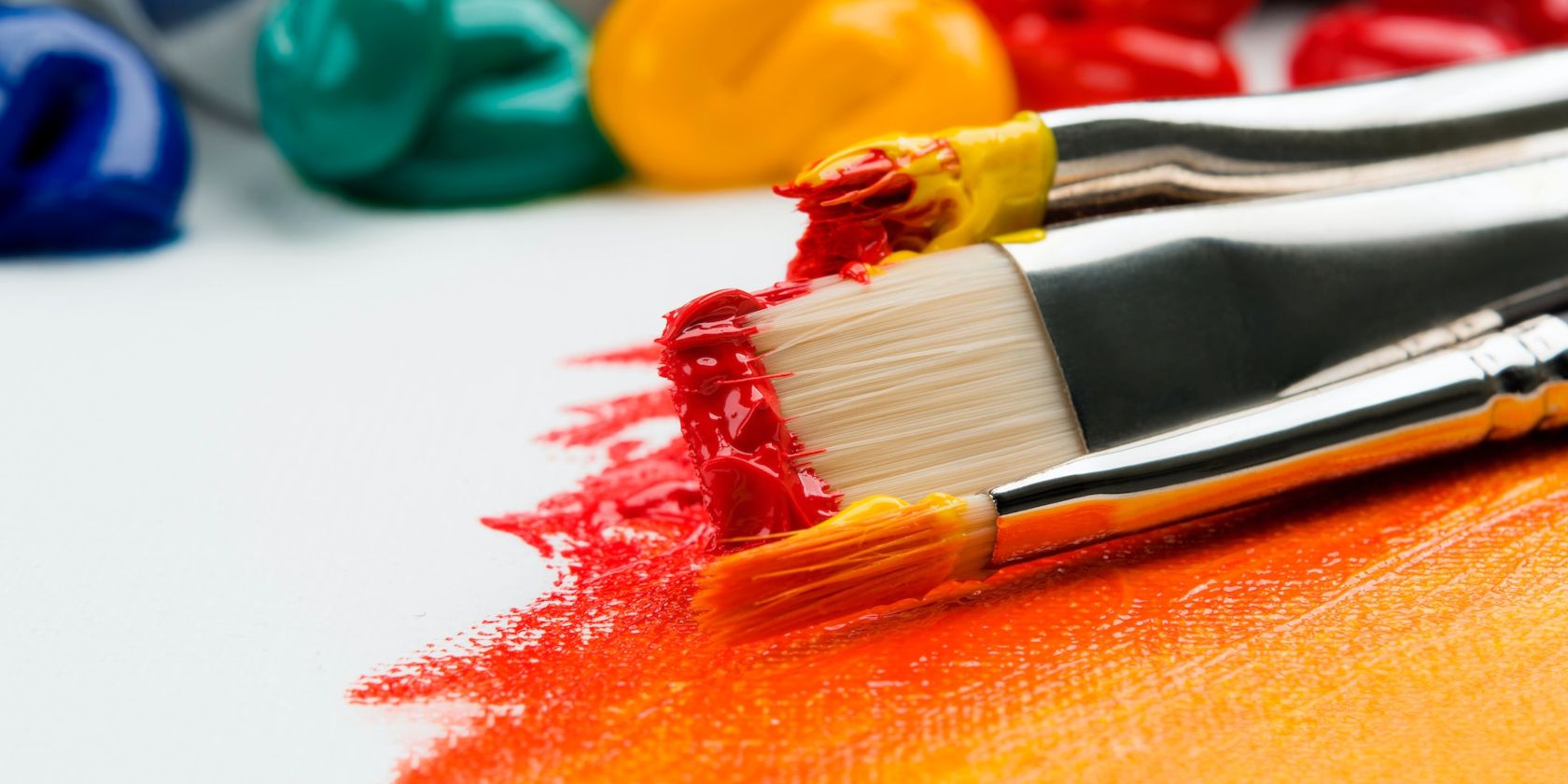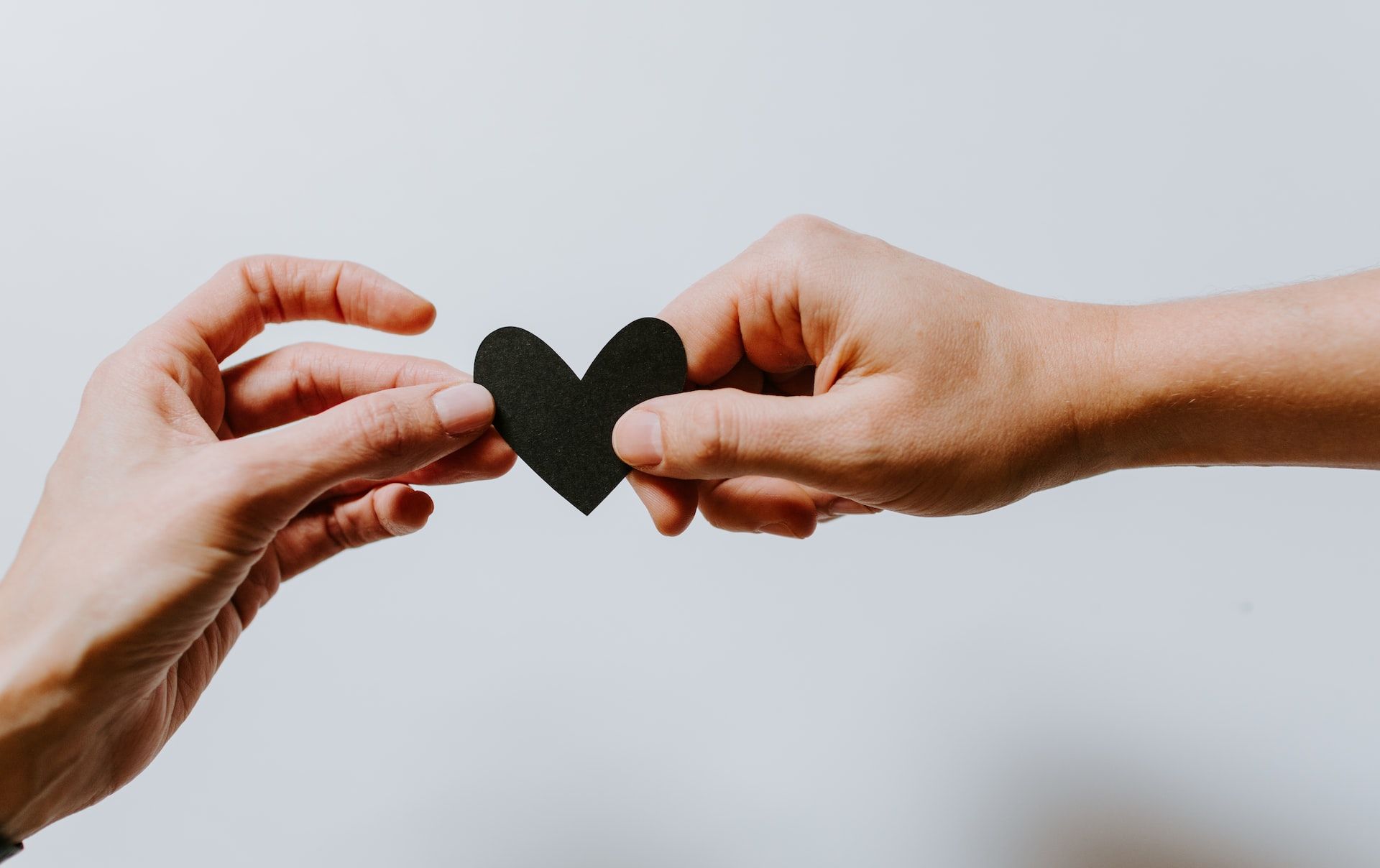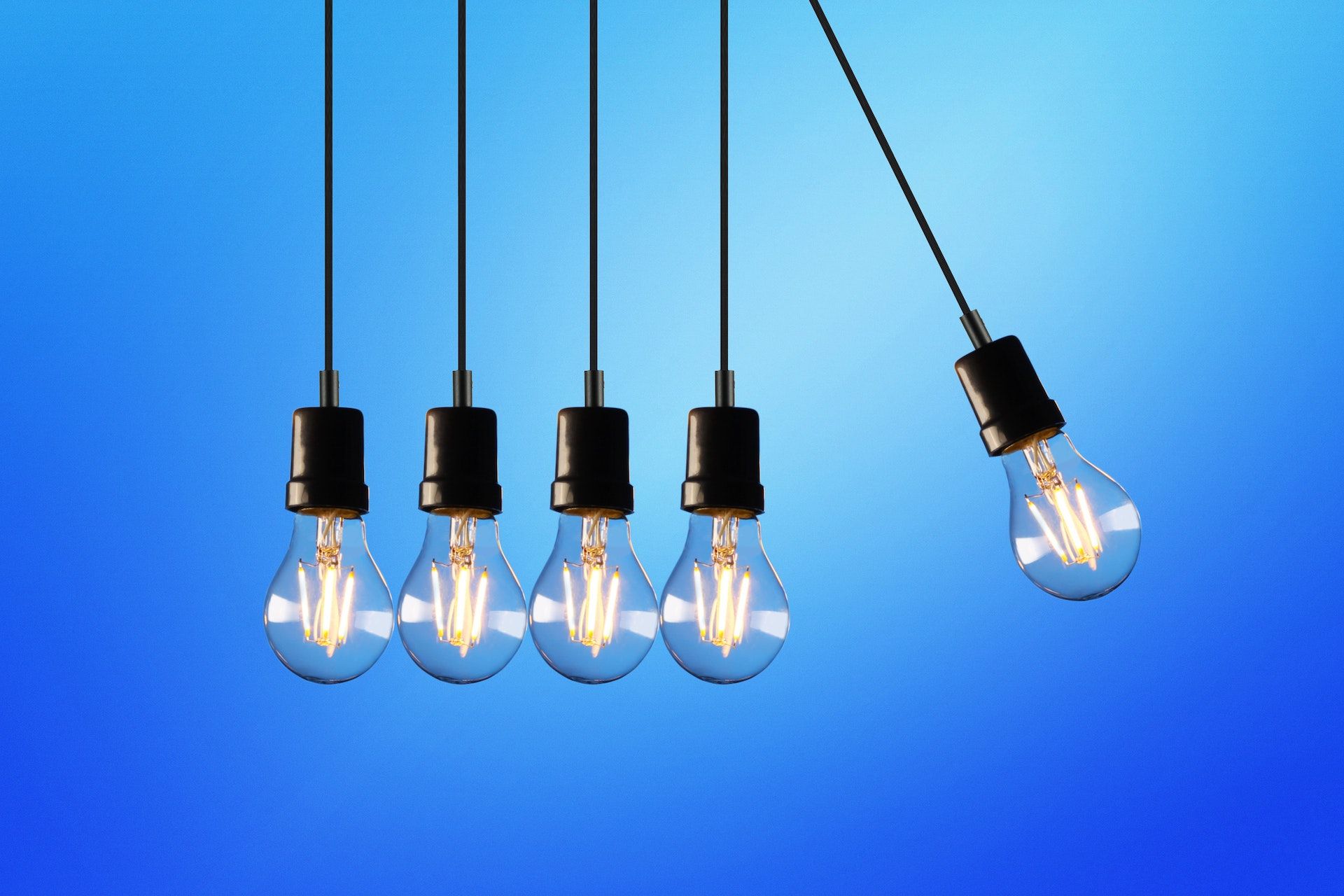As AI art generators take the world by storm, some people wonder if it should count as art at all. The technology is still evolving and has some wrinkles to iron out, which means there are indeed flaws to consider alongside the incredible artwork a good artificial intelligence can produce.
Let’s explore the issue by breaking down the definition of art and whether or not AI-based work fits within that umbrella.
What Is Art?
Starting with the etymology of the word, Merriam-Webster’s definition states that “art” stems from the Latin word “ars”, which means, among other things, acquired skill, craftsmanship, and artistic achievement.
Today, there’s little consensus between philosophers and artists as to what real art is. As the Stanford Encyclopedia of Philosophy explains regarding modern interpretations, there are two conventionalist definitions:
- An artwork is an artifact made for the public to experience.
- It is an evolution of works that came before.
At the same time, traditionalism values an artwork’s functionality, while hybrid theories see something as art if it meets certain conditions, such as embodying a function of a central art form of a particular time, whether it was intentional or not.
Besides several definitions of art, an important lesson to take away is that even experts have different opinions as to what “real” art means. The matter is clearly subjective, so you can’t definitively classify the works of AI engines.
How Is AI Art Created?
A major part of AI-generated art and its technology was the development of artificial neural networks (ANN) from the mid-1900s onwards.
Generative adversarial networks (GANs) were then invented in 2015, which led to Google’s Alexander Mordvintsev putting them to work in his DeepDream algorithm alongside convolutional neural networks (ConvNets), a type of ANN.
According to The MIT Press Reader’s article on DeepDream, ConvNets are fed millions of images and their descriptions until the networks can effectively recognize, for example, faces, dog breeds, and patterns in data.
Mordvintsev kept training his models of algorithms with a range of datasets and text-to-image prompts until DeepDream started producing beautiful and mind-bending images. This is at the heart of AI art generators: streams of information, from pictures to dates and alt text, that help them classify different visuals and then reproduce them as directed by a written prompt.
The technology evolved further thanks to companies like OpenAI and its Dall-E program, one of the best platforms for creating images using AI. We also have Midjourney pushing the boundaries of digital art, as well as mobile apps like Wombo Dream’s AI art creator.
At the end of the day, AI art generators use deep learning to absorb pre-existing information and understand what different objects, textures, or concepts look like.
Why AI-Generated Art Is Not Considered Real Art
With a basic understanding of the technology behind AI art generators and definitions of real art, we can work out where these digital creations fit in the art world. It’s an important task that can benefit other mainstream fields of artificial intelligence like text-to-video AI generators and social media features like TikTok’s AI greenscreen filter.
Artificial Intelligence Lacks Emotions That Fuel Art
Ultimately, art is classed as the product of imagination, skill, experience, and emotion, usually meant to represent something and for the public to enjoy.
But there are human creations that don’t tick any of these boxes and yet are considered art because people made them. They spent time and effort putting their inner worlds onto that canvas, sculpture, or composition.
Machine intelligence also puts a lot of work into sorting through tons of data, linking someone’s prompt to datasets, and trying to represent it as best as possible. The difference is that the AI is compelled by commands, not an emotional need to express itself.
AI Art Isn’t Original
Then, there’s the matter of originality. AI generators use pre-existing images and often merge them to illustrate a requested subject, concept, artistic form, and so on. Even among manmade artworks, some experts consider true art as that which is unique and emotive in a way never encountered before.
Unfortunately, although complete originality does happen in human art, much of it is a recurrence of existing styles—not that different from what artificial intelligence does. So, “originality” is as subjective as “real art”.
And it’s not just artistic patterns throughout history that inspire people, but also things like memories, symbols, language, and cultural themes, all multisensory data that the brain—an organic neural network—processes.
Looking through TEDxMileHigh’s list of research on imagination confirms that this essential part of creativity comes down to cognitive association, using the complex computer in your head to form links between what you know and what you want to express or experience.
AI-Generated Art Complicates Copyright
AI art involves a program mimicking the work of existing artists to create a new piece as per the request of a human, but who didn’t use that all-important emotive creativity discussed above.
So, who made the artwork, the machine or its user? And can the original artists sue for copyright violation? Such questions complicate the merging of artificial intelligence and the art industry, while fuelling arguments against recognizing AI-generated art as marketable artistic products.
This problem does show that the art world needs a more careful infrastructure when it comes to incorporating AI art, but it doesn’t diminish the aesthetic merit of such artwork.
Why AI-Generated Art Is Real Art
It’s true that human artists bring more original and emotive expression to the table. AI-based generators, however, can produce images that are just as impressive. Here are the best reasons why they should count as real art.
Machines Develop Artistic Skills Like Humans Do
An algorithm can’t immediately create art that accurately represents a prompt. It needs to collect data and learn from it, improving its understanding like a human would.
Users’ approval and rejection of created images also affect some models, so they improve their skills even more through trial and error. The more they’re used, the better they’re able to satisfy prompts.
In other words, AI artwork can be seen as craftsmanship and artistic achievement, something these programs and their developers should be proud of.
AI Art Can Move and Inspire
It can take a few tries to get the art you imagined, but use one of the best AI text-to-image generators like NightCafe and you’ll often end up with outstanding results.
Whether it’s exactly what you wanted or not, AI art creators can surprise you with images that are beautiful, surreal, chilling, or hyperrealistic. In a way, the machine uses its imagination and can often exceed your expectations.
So, even though emotions don’t motivate programs and their art, these creations can draw emotions out of you and even give you ideas for further expression. Isn’t that a key function of real art?
AI-Generated Artworks Are an Evolution of Art and Society
Finally, digital art is a modern medium and form of expression, as well as a reflection of contemporary society. It is relevant and impactful, whether it’s a person or a machine creating it.
Additionally, the works of art that AI generators produce come from millions of data sources, old and new. Even if your results only combine a few pre-existing images or styles, they are a blend of art history.
At the same time, they serve as a mirror of society, considering all the data an AI learns from to create pictures, text, and other materials, comes from what people say, do, and post online. It's one of several risks of artificial intelligence to keep in mind.
Real Art Is Subjective
Artificial intelligence is meant to make people’s lives better. Instead of hiring an expensive graphic designer or learning to draw yourself, for example, a program can create stunning art for you.
You can edit photos, write articles, and more with the help of AI tools, but they’re never perfect. There are still limits to their capabilities, which simply demands that you pay attention when using them, not completely avoid them.
Similarly, the flaws of AI art generators aren’t enough to justify not considering their creations real art. As a new part of the art world, they just need better integration.



